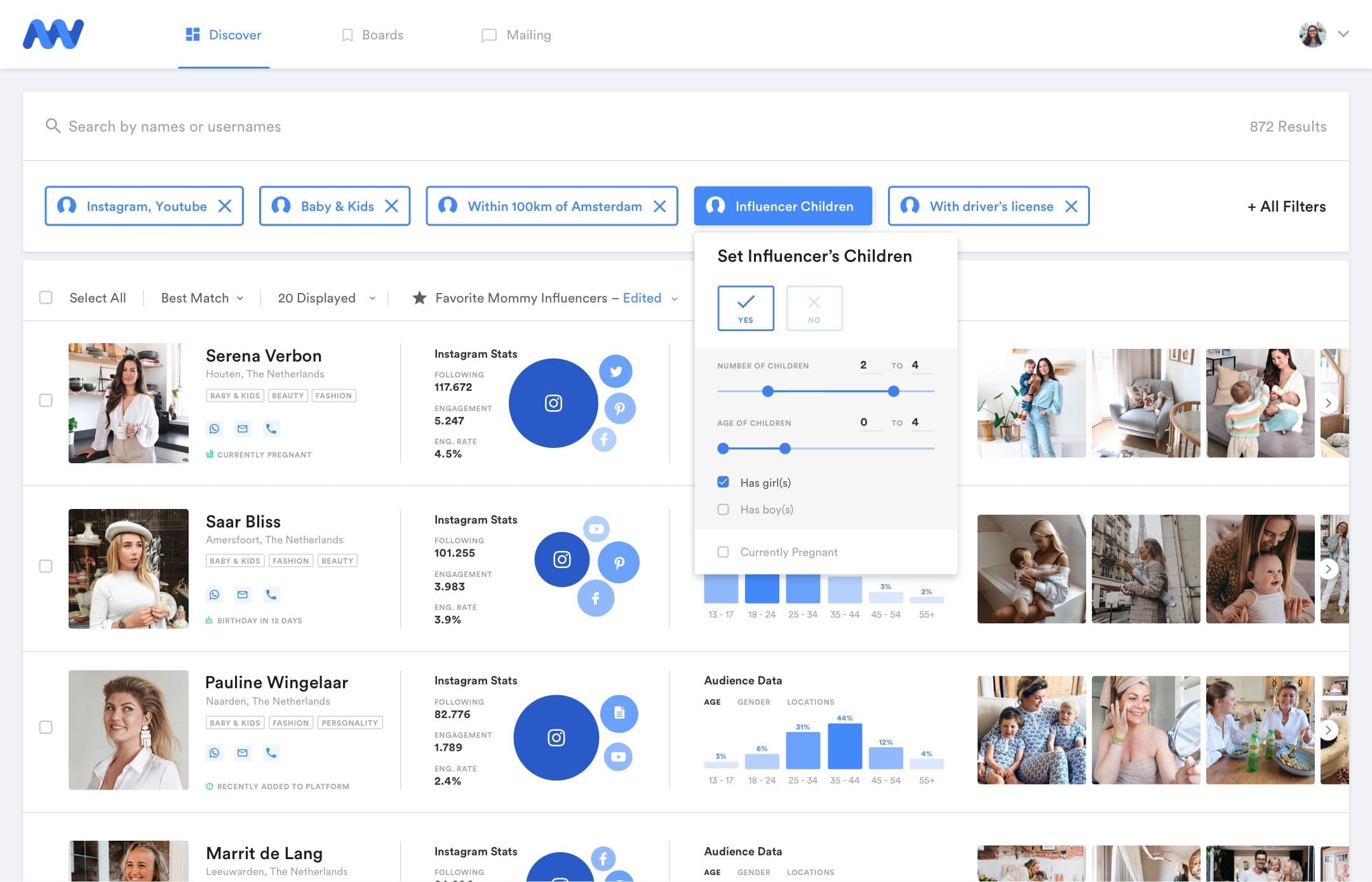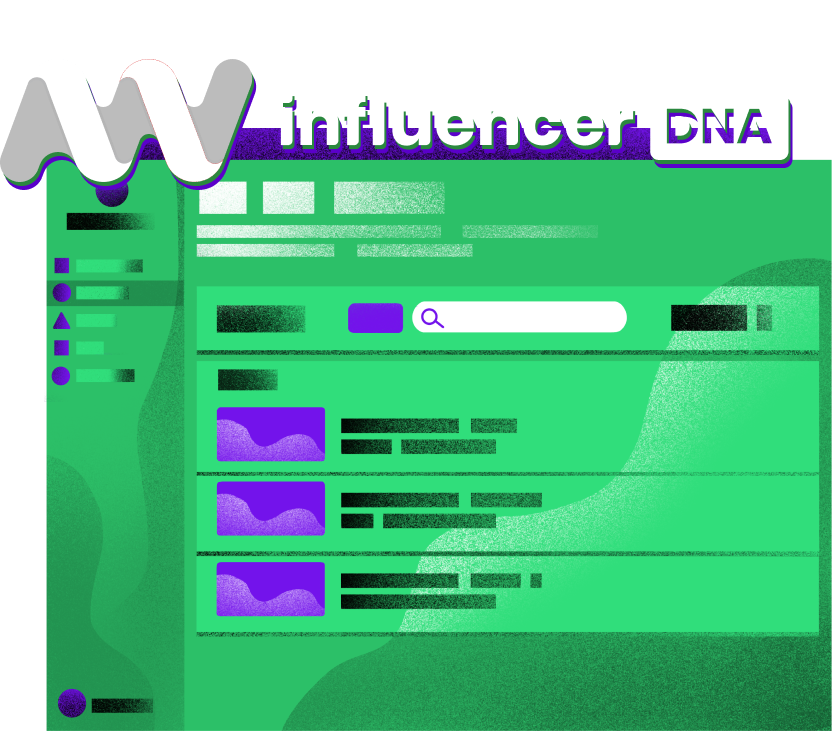Background
Influencer DNA has a ReactJS & NodeJS based influencer platform. They are home from the Netherlands and have the leading database of premium influencers in that region - complete with target audience profiles. They allow brands and their marketers to reach out to potential influencers using automated campaigns, streamlining the process of reaching the right influencers for the marketing campaigns of their brands.
Influencer DNA was already operational when they reached out to us, but was in need of an agency who could take full ownership of the development of the platform. After reviewing a number of agencies, they decided to work with Makers' Den.

Julian Slosse
CEO
“Makers’ Den carried the full-stack development of our platform, without any technical onboarding from previous developers, turning it around, and adding new features which allowed us to land pivotal new clients.”
The Technical setup
Since the platform already existed when we took over, a lot of the technical choices were already made. Our expertise with Typescript, ReactJS and NodeJS were the ultimate deciding factor why we were chosen to further develop the platform. Initially we did migrate the deployment platform from a custom built linux server with shell scripts for CI/CD to a cloud platform in the process of onboarding ourselves, which we did successfully.
ReactJS. We’re a ReactJS shop, and all our projects are built on top of it.
Typescript - Many of us are a decade into using it, and there’s no looking back. All out frontends and backends are always done in strictly typed Typescript.
NodeJS/Express - For the backend there existed a typical NodeJS/Express setup.
MongoDB - a non relation document database. Normally we recommend PostgreSQL but we're very accustomed to various databases.
Styled Components - for its component styling it utilized Styled components - which we have plenty of experience with.
Render.com - a Heroku-like platform with much more lenient pricing and a much faster pace of development. With this, we can achieve production quality deployment setups with fully automated Continuous Deployment and fully Git-managed Infrastructure-as-code style setup in less than half a day.
We like to leverage tools that take us to production fast because time spent on re-inventing the wheel does not produce business value, for example, building custom CI/CD pipelines, deployment environments, custom component libraries, and figuring out immature tools and libraries.
How we worked together
In cases where we’re independently delivering without integrating into the client’s team, we usually set up a weekly meeting and a shared Slack channel for ad-hoc questions - as we did in this case.
For the start of the project, we first had a 2-hour remote kickoff over Google meets, where the team and all stakeholders were present. In the meeting, the client presented the initial wireframes with new user flows from beginning to end, and we asked plenty of questions concerning unclear portions.
During the kickoff, we set up the weekly meeting schedule, and after the meeting, we broke up the requirements into tasks we put into an Asana board, which was the project management tool in use.
After this initial phase, we met weekly on Fridays, where we demonstrated our progress. The progress could also be reviewed by looking at the Asana board and an always-deployed staging version of the application at any time. After the weekly demo, we prioritized and specified the tasks for the next iteration.
Internally, our team meets every morning to discuss what was done the previous day and what each team member sets out to achieve on the current day, as well as raise any issues.
The results
We successfully took control of the whole project. Migrated the runtime environment to a new cloud environment, including migrating the database to a cloud hosted database, with minimal downtime. Afterwards we delivers multiple new business capabilities like an agency module and a email campaign module which allowed Influencer DNA to land new big brands as customers.






